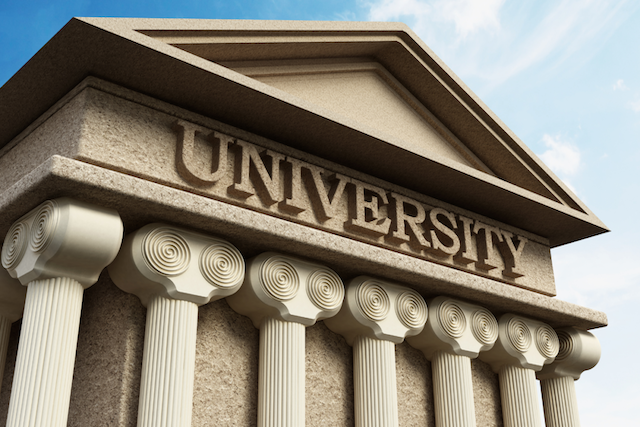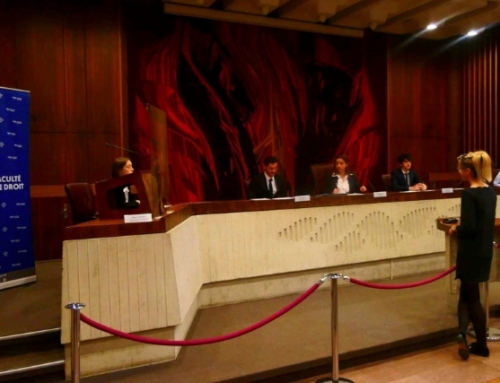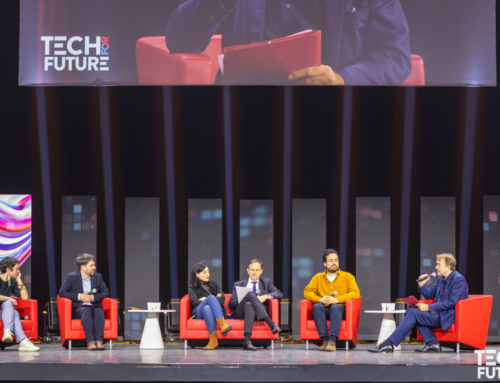Can the greatest myths fall? How are the world’s most renowned universities about to be overtaken?
A few recent decisions by the Biden administration hinted at a paradigm shift for the universities that still inspire a large proportion of the world’s student population. Has the glass ceiling been reached? When student debt in the USA exceeds the GDP of a country like Australia, isn’t this the ultimate alarm bell?
By the end of 2021, this debt had risen to $1,590 billion. When you have to pay more than $80,000 per year to study at Harvard, Princeton or MIT, the number of students willing to embark on this adventure on credit naturally drops. This is true both inside and outside the country, as the number of students from China and India (who alone make up over 50% of foreign students admitted to American universities) is also declining. So, while students from all over the world are still looking to the West, they may be nostalgic, but they’re ready to study elsewhere.
The evil is deeper, since it also comes from within. Last August, President Biden pushed through a strong and controversial decision in the Republican camp. In order to reduce the debt, the measure proposed that the federal government should assume between $10,000 and $20,000 of each student’s outstanding debt, depending on their situation and indexed to their income. Proof that it was urgent to send a powerful signal to young people who see their American dream slipping away a little further each year.
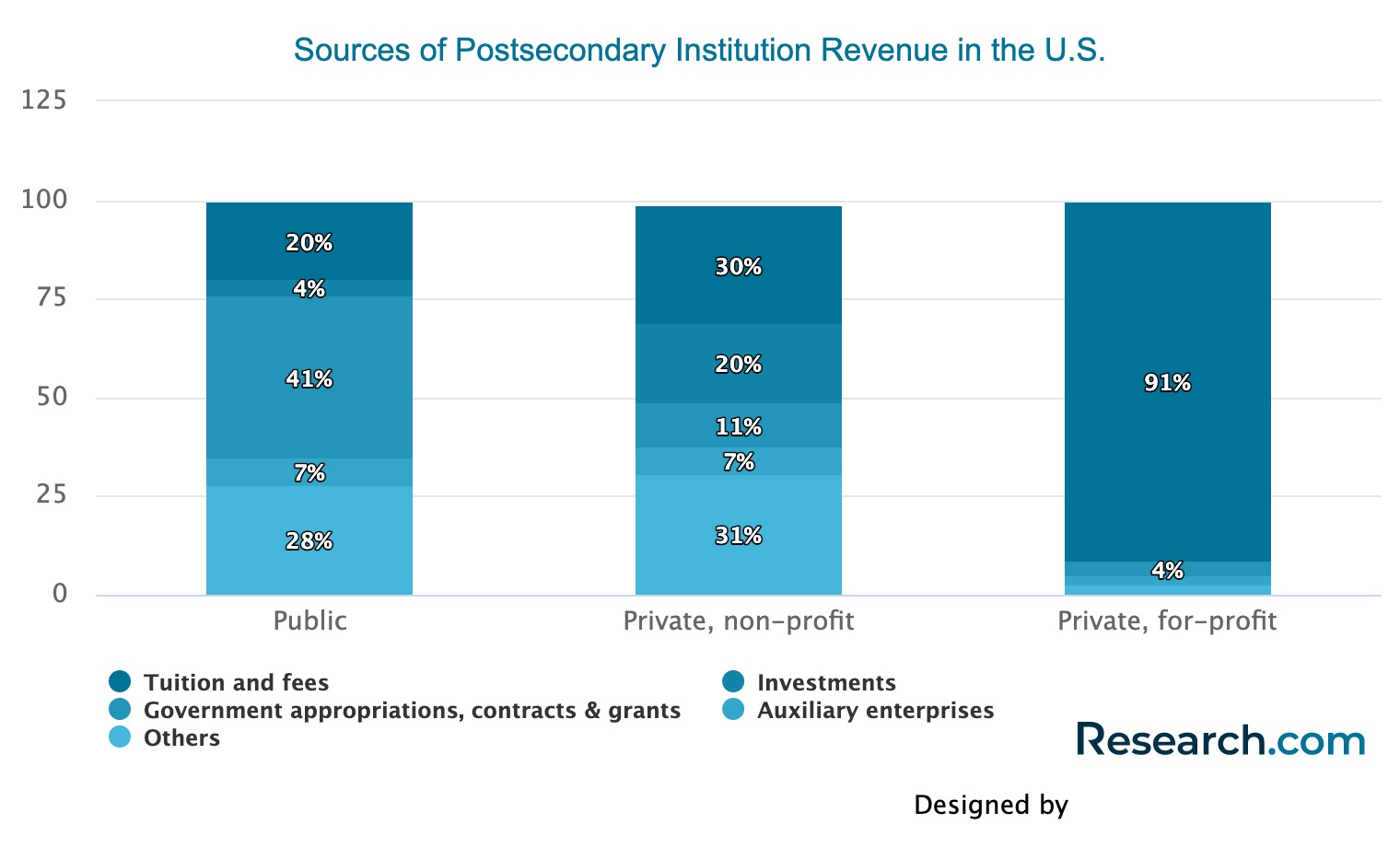
With enrolment falling to a record low in 2020, there are certainly other causes and other solutions to explore. First, we need to open our doors to diversity. The days of WASP domination are over, and Boston or Washington are no longer the center of the world in a globalized knowledge economy. Moreover, recently published rankings also bear witness to this necessary shift towards greater inclusion of populations in all their diversity. It is expected of those with lower incomes, whose family situations are more precarious and who are more exposed to mental health disorders, such as those resulting from the covid-19 crisis.
In a historic first, the Forbes 2022 ranking puts California’s public university, Berkeley, at the top, relegating Harvard to 7th place. Admittedly, the 9 universities that follow Berkeley in the rankings are private, but the change in evaluation criteria explains this major upheaval for an elite that was stuck in its positions. In addition to the indicators of salary levels offered to new graduates, success rates and return on investment, the level of debt and the proportion of students benefiting from excellence scholarships have significantly altered the landscape. This logical outcome is also the result of a policy of positive discrimination, endorsed by the Supreme Court, to ensure that ethnic and gender minorities, and other groups usually under-represented in the student world, play a greater role. For these profiles, like community college students, face more challenges at university than others and need support and encouragement, especially in their first year.
When the American university model goes the distance
There are huge differences not only in the level of education, but also in the resources available and the recognition of diplomas by the job market, depending on whether the student attends a community college or a famous Ivy League university. Unfortunately, this disparity is all too closely correlated with tuition fees and, consequently, students’ social background.
Community colleges offer shorter, more technical courses, and mainly recruit students who have not been able to enter the “big” universities. These universities, often referred to as “second-tier”, are much less highly rated, but also much more affordable. Today, in the wake of the Covid crisis and the current economic situation, they account for almost half of all students in the USA (48% with 7 million students), and their success is growing. Graduating in two years, students are quicker to enter the job market, and arrive with far less debt.

The Ivy League refers to a group of eight New England universities : Harvard University, Yale University, University of Pennsylvania, Princeton University, Columbia University, Brown University, Dartmouth College and Cornell University. These universities, which still represent the prestige and excellence of university education around the world, go to great lengths to ensure that the hard-selected students who join them adhere to and claim the values and educational project of the American elite.
But for most of the 4,000 establishments covering the country, competition is intense and attractiveness varied. So much so, that some of them boast about the local environment, climate, ambience and tourist activities to win over future “graduates”.
Nowadays, the welcome given to new students, the “freshmen”, is given special care and attention to avoid rapid defections. Concerned about their image, American universities offer integration preparation programs, psychological support to deal with stress, and work groups to help students learn how to get together, take part in activities and integrate into campus and social life. Rarely have higher education institutions gone to such lengths to reassure families and their children of school age.
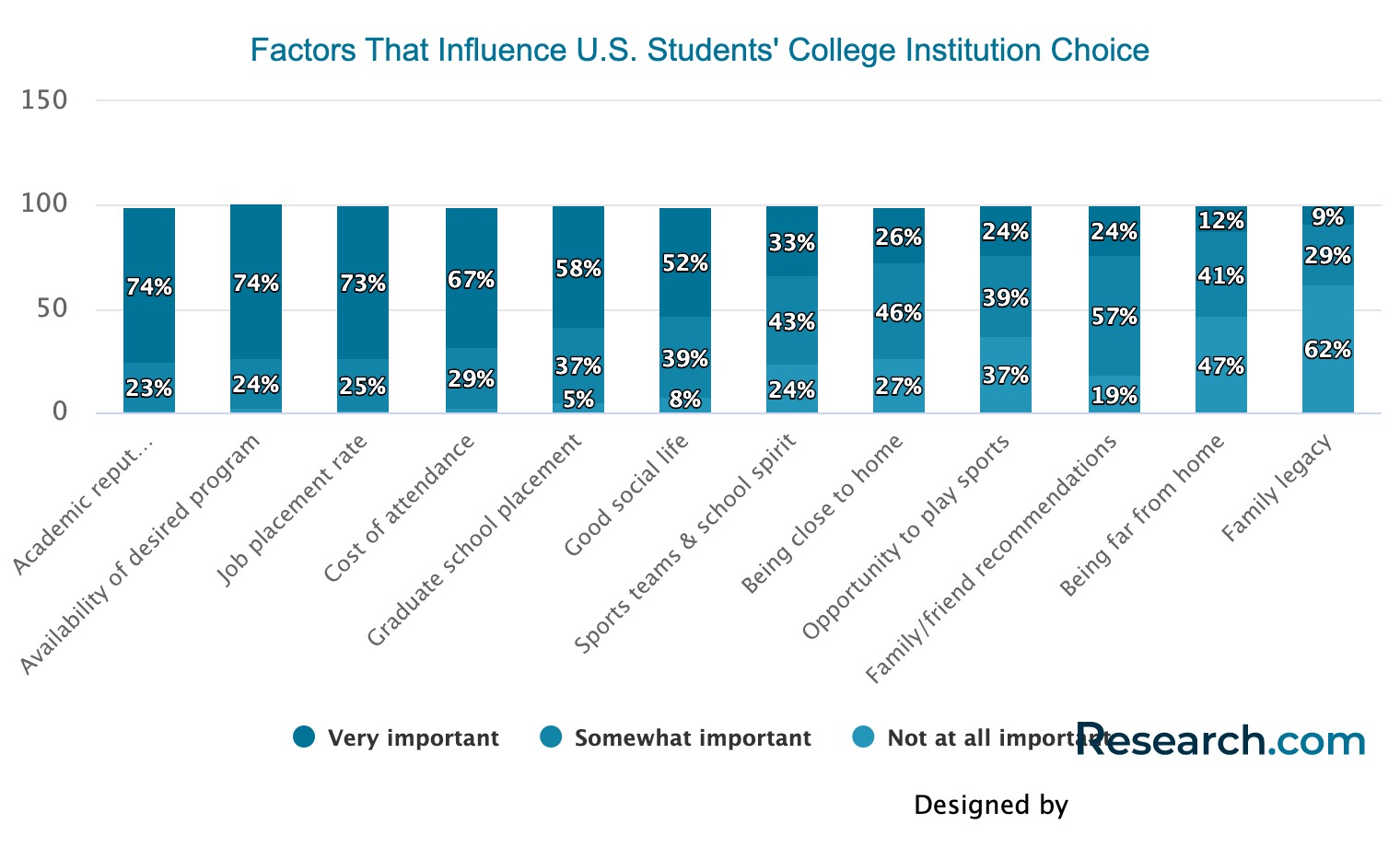
And the stakes are high for the country. The Biden administration’s proactive policy of financial support for the university system is undoubtedly a consequence of China’s emergence as the world’s leading innovator. As a recent report by Japan’s National Institute of Science and Technology Policy (NISTP) shows, China now publishes the largest number of scientific research articles, followed by the USA and Germany.
Sacrilege in the land of Uncle Sam!
Has American research and academic excellence been overtaken by the Asian and Communist giant? How else to respond than by increasing the financial resources of the world’s finest and most renowned universities?
Yet Harvard, founded in 1636, has a budget of some $35 billion. A bastion of white-elite conservatism, its leadership is being challenged by Berkeley, the protesting public university in California. A kind of thumbing of the nose at hard-line capitalism, which could well inspire an evolution of the system towards consideration of issues of inclusion and social equity.
In an article published by Le Monde Diplomatique in July 2018, we read this edifying observation :
“In 2011, research conducted on thirty institutions concluded that “with equal qualifications, the children of former students had chances of admission 45% higher than those of non-heir applicants. In other words, a student who would have a 40% chance of admission on the basis of merit and profile (academic aptitude test results, sporting qualities, gender, etc.) sees these climb to 85% in the case of favorable heredity”.
Les temps ont-ils changé ?
On se rappellera que Bob Dylan est venu chanter à l’invitation de Barack Obama, à la Maison Blanche en février 2010, une chanson écrite en 1964, annonçant déjà : « for the times they are a-changin » et qui se conclue sur ce dernier couplet :
Come mothers and fathers
Throughout the land
And don’t criticize
What you can’t understand
Your sons and your daughters
Are beyond your command
Your old road is rapidly agin’
Please get out of the new one
If you can’t lend your hand
For the times they are a-changin’
The line it is drawn
The curse it is cast
The slow one now
Will later be fast
As the present now
Will later be past
The order is rapidly fadin’
And the first one now
Will later be last
For the times they are a-changin’
Bob Dylan
To discuss the subject, we spoke to Jean-Marie Cognet, CEO of Ubicast and VP Higher Education for EdTech France, on the occasion of April’s EdTech Question.

